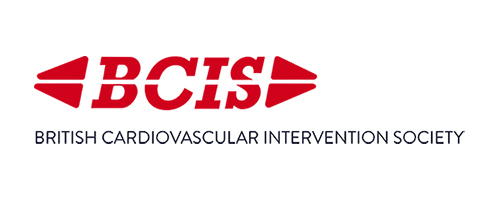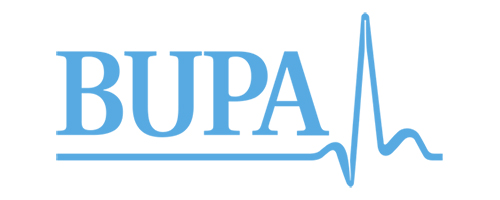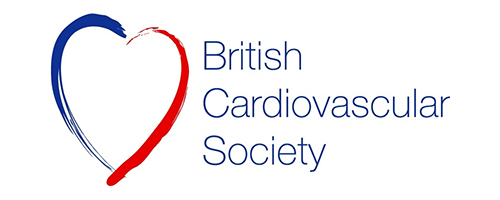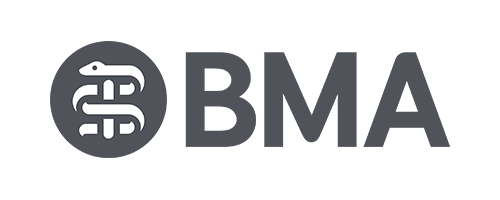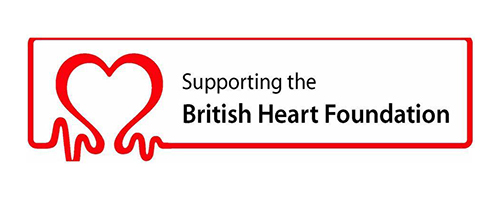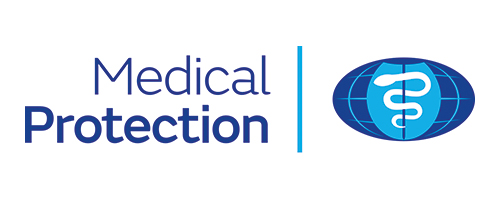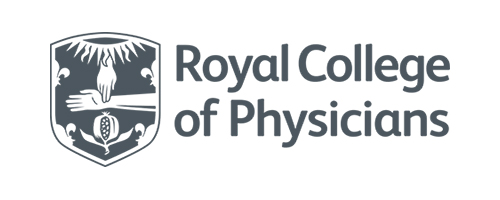The information outlined below on common conditions and treatments is provided as a guide only and it is not intended to be comprehensive. Discussion with Dr Saha is important to answer any questions that you may have. For information about any additional conditions not featured within the site, please contact us for more information.
In many cases, narrowings or blockages of the coronary arteries can be treated by a procedure called angioplasty (PCI) to reduce angina, usually after optimising your tablet treatment of this condition. This technique is similar to Coronary Angiography from the patient’s point of view and may well follow on from a Coronary Angiography procedure. As such, the procedure is done from the wrist, and sometimes the groin.
After placing the catheter in the heart artery, a very thin wire is passed through the blockage or narrowing in the heart artery, Over this wire the consultant can open the artery using a variety of balloons and stents (mesh-like scaffolds to keep the artery open).
Do I need Coronary Angioplasty?
It is necessary to demonstrate the presence of narrowing’s in the coronary arteries before performing angioplasty. This is usually done either by CT angiography or coronary angiography. Angioplasty is very effective in treating unstable angina and treating patients having a heart attack.
What is involved and what are the risks?
A special tube (catheter) is passed up the femoral (groin) or more commonly the radial (wrist) artery and positioned in the coronary artery that is narrowed. Through this catheter , a very fine wire is navigated across the narrowing. When the wire tip is safely positioned at the far end of the artery, a tiny balloon is slid over the steel wire. When this balloon is in the position of the narrowing artery, it is inflated to high pressure using a special hydraulic inflation device. The pressure delivered to the balloon is transmitted to the arterial wall. The pressure cracks and stretches the plaque of cholesterol. The Cardiologist will usually decide to deploy a stent. If the narrowing is very tough, a drill (Rotablator ) may be needed prior to stent.
Once the coronary artery has been successfully treated, the access pipe in the wrist or leg is removed and the hole closed by pressure or a plug. Sometimes we keep patients in overnight and repeat an Electrocardiogram and a blood test the following morning. If there are no complications, you will be allowed home the same day.
The risks of Angioplasty are broadly similar to those of Coronary Angiography, however, there are more specific risks associated with the Angioplasty procedure itself. These tend to be damage to the coronary artery wall, the provocation of a heart rhythm disturbance or damage to the artery such that the patient may require a bypass operation. This tends to occur in less than 1:100 patients treated.
Discussion with Dr Saha is important to answer any questions that you may have. For information about any additional symptoms you may be suffering from that are not featured within the site, please contact us for more information.

